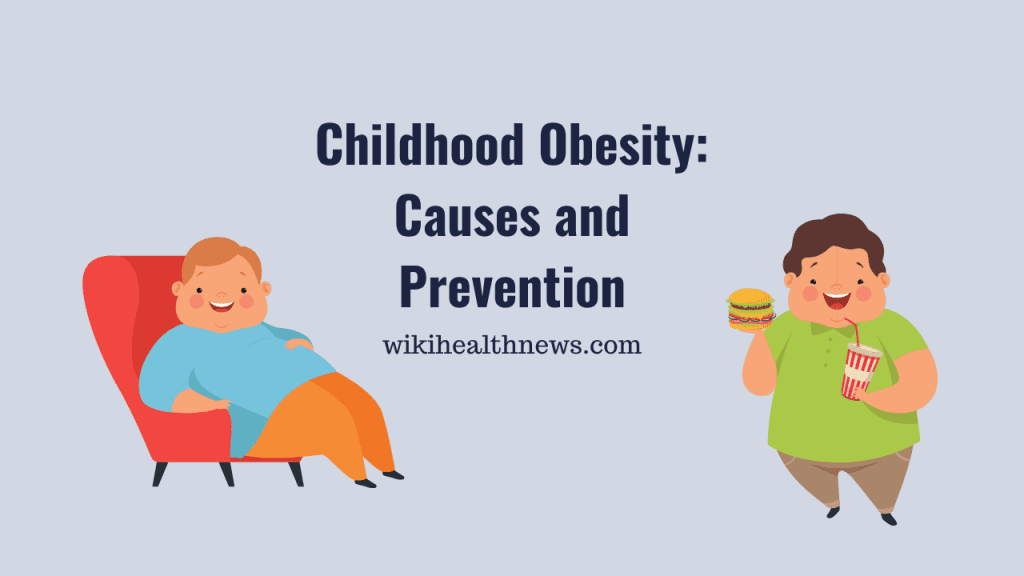Barriers and Facilitators-Nursing Paper Examples
Serban et al. (2021) seek to identify barriers and facilitators in childhood obesity-related communication from the healthcare professionals’ perspectives. When reading the research study, there are various aspects that I need to consider and inquire about to be able to interpret the study and its relevance. First, I would ask what the researcher’s research question or hypothesis is. Every research study has a question it seeks to answer, which can be stated explicitly or defined implicitly within the study. A hypothesis states a probable relationship between two or more variables and is testable to determine whether the hypothesis is true or false (Feldman & Wihbey, 2021) (Barriers and Facilitators-Nursing Paper Examples).

It is critical to identify the null and alternative hypotheses to understand the statistical analysis adopted in the study. A research question does not necessarily have to investigate the relationship between variables, and it can include the determination of the existence of a phenomenon. For instance, Serban et al. (2021) do not seek to establish a relationship between variables but analyze barriers and facilitators Roman healthcare practitioners experience when communicating with and treating families of overweight children (Barriers and Facilitators-Nursing Paper Examples).
I would also seek to identify independent and dependent variables in a study. Most studies seek an understanding of the effects of one variable, independent, on another variable, dependent. For instance, although Serban et al. (2021) do not seek to establish a relationship between variables, independent and dependent variables can still be identified. In this case, communication barriers and facilitators are the independent variables, and Roman healthcare practitioners’ experience is the dependent variable (Barriers and Facilitators-Nursing Paper Examples).
Lastly, I would inquire about the research methodology and tests used to analyze the data. Various methodological approaches include randomized controlled trials, longitudinal studies, case-control studies, cross-sectional studies, ecological studies, and systematic review and metanalysis (Feldman & Wihbey, 2021). In this case, Serban et al. (2021) is a phenomenological study that seeks to analyze the experience of the participants concerning childhood obesity. Inquiring about the methodological approach is critical to understanding its suitability for answering the research question or testing the hypothesis (Barriers and Facilitators-Nursing Paper Examples).
References
Feldman, J., & Wihbey, J. (2021, February 15). Eight questions to ask when interpreting academic studies: A primer for media. The Journalist’s Resource. https://journalistsresource.org/home/interpreting-academic-studies-primer-media/
Serban, C. L., Putnoky, S., Ek, A., Eli, K., Nowicka, P., & Chirita-Emandi, A. (2021). Making childhood obesity a priority: A qualitative study of healthcare professionals’ perspectives on facilitating communication and improving treatment. Frontiers in Public Health, 9. https://doi.org/10.3389/fpubh.2021.652491
